History Of Comics
Abandoning Jack Kirby
by Joshua H. Stulman
This past year celebrated the 100th anniversary of Jack Kirby (1917-1994). He is best known as co-creator of many of Marvel’s superheroes including the Avengers, X-Men, and even the Black Panther. While Jack Kirby was not the founder of the comic art form, his style of dynamic action has become what we think of as traditional comic art. His period of activity stretches from almost the beginning of comics in the late 1930’s to his death in 1994.
Coming from an animation background at the Max Fleischer studio in Brooklyn, where he worked on Popeye cartoons, Jack Kirby joined with writer Joe Simon to form a comic packaging studio. The Simon & Kirby Studio supplied all types of material for comics from action stories to funny animal features. Their breakout success was Captain America for Marvel followed by the Newsboy Legion, the Guardian, and a revamped Sandman for D.C. Comics.
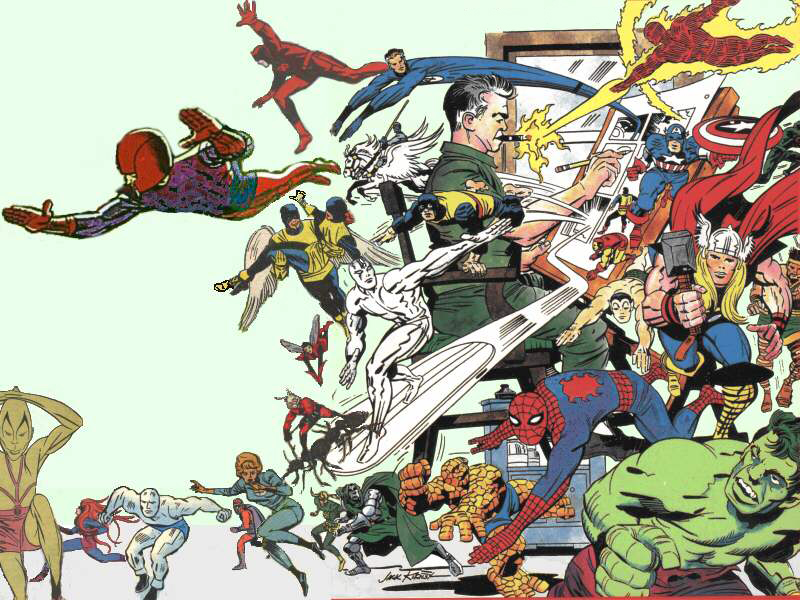
In the 1960’s, Kirby joined with his younger writing partner, Stan Lee, who nicknamed Kirby, the “King.” They reintroduced his former hit Captain America as well as new characters like Iron Man, Thor, Hulk, Ant-Man, Nick Fury, Agents of S.H.I.E.L.D., the X-Men, Fantastic Four, the Silver Surfer and more. It’s perhaps easier to name the Marvel characters that Jack Kirby didn’t create, like Daredevil and Spider-Man, for which he drew the covers to their premiere issues!
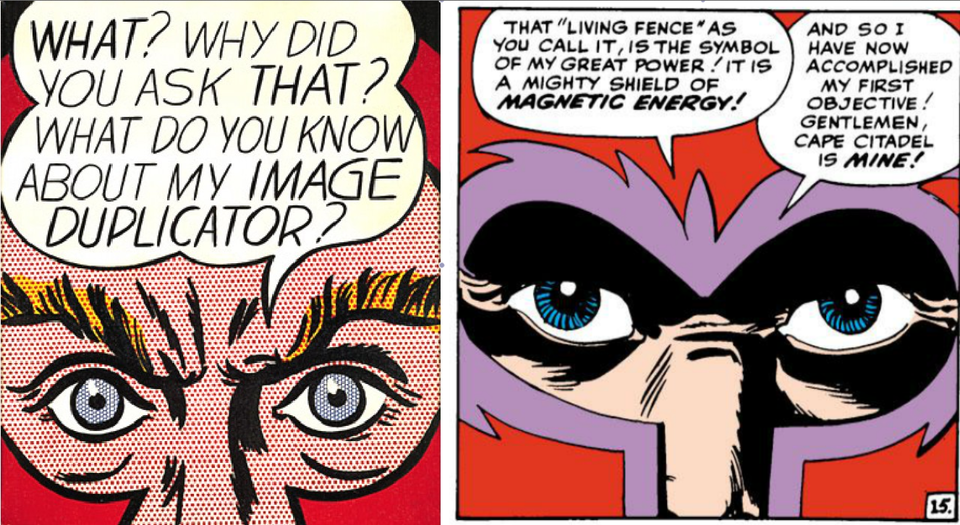
Jack Kirby’s art-style became so synonymous with comics that Marvel based their house style on it thereby creating a defacto “School of Kirby”. During the Pop Art movement, Roy Lichtenstein borrowed imagery from several of Kirby’s comics.
It’s hard to imagine both comics and Marvel without Jack Kirby. But only four years after his death, Marvel’s successful movie empire began, as well as a steady abandonment of Kirby’s handiwork.
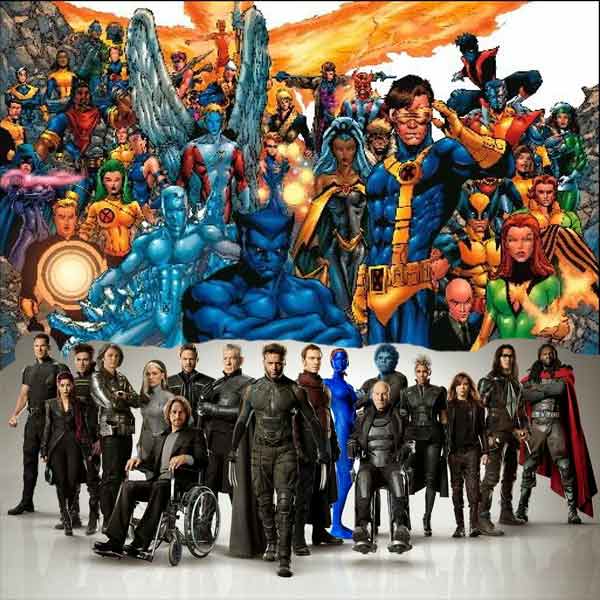
One can argue that Dolph Lundgren’s Punisher, Wesley Snipes’s Blade trilogy, and the Matrix, set precedent for darker comic book based movies. It was Brian Singer’s X-Men that expanded the trend of removing the color from superhero movies begun with Tim Burton’s Batman series. Singer’s X-Men costuming reduced the colorful and imaginative costumes of the X-Men to a series of black leather clad suits. No masks became an unbending rule, probably to give star actors plenty of on screen “Face-Time.” The functionality and realistic detailing of the costumes were promoted as a fresh look at superheroes. With the success of X-Men, Marvel quickly adapted their comics to form introducing maskless, black clad X-M in their regular series. Marvel’s Ultimate Universe imprint was created with Joe Quesada at the helm to introduce new readers to a continuity free and all different Marvel. The same can be said of their Marvel Knights brand which ran in the regular marvel continuity.
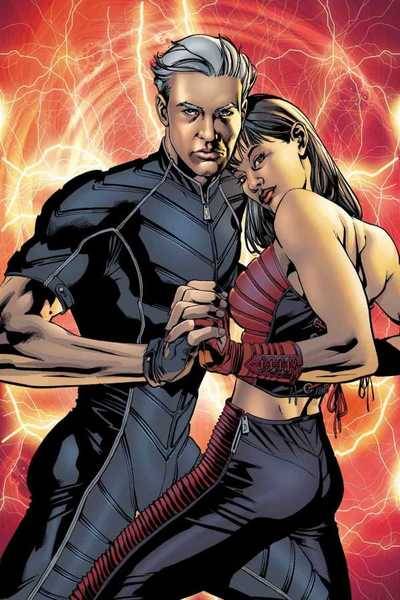
The Ultimate Universe comics were gritty, violent, and laden with sexual situations intended for more mature readers. All characters now had more “realistic” costuming and hyper details down to the seams of their sleeves. These comics quickly shifted the original Kirby / Marvel continuity into something barely resembling the former. The flash color and action of Kirby was viewed as old fashioned, corny, and out of touch with its audience. Marvel abandoned the Comics Code Authority, which provided editorial standard of guidelines across all comic companies. Marvel Comics were no longer for younger readers and neither were their films.
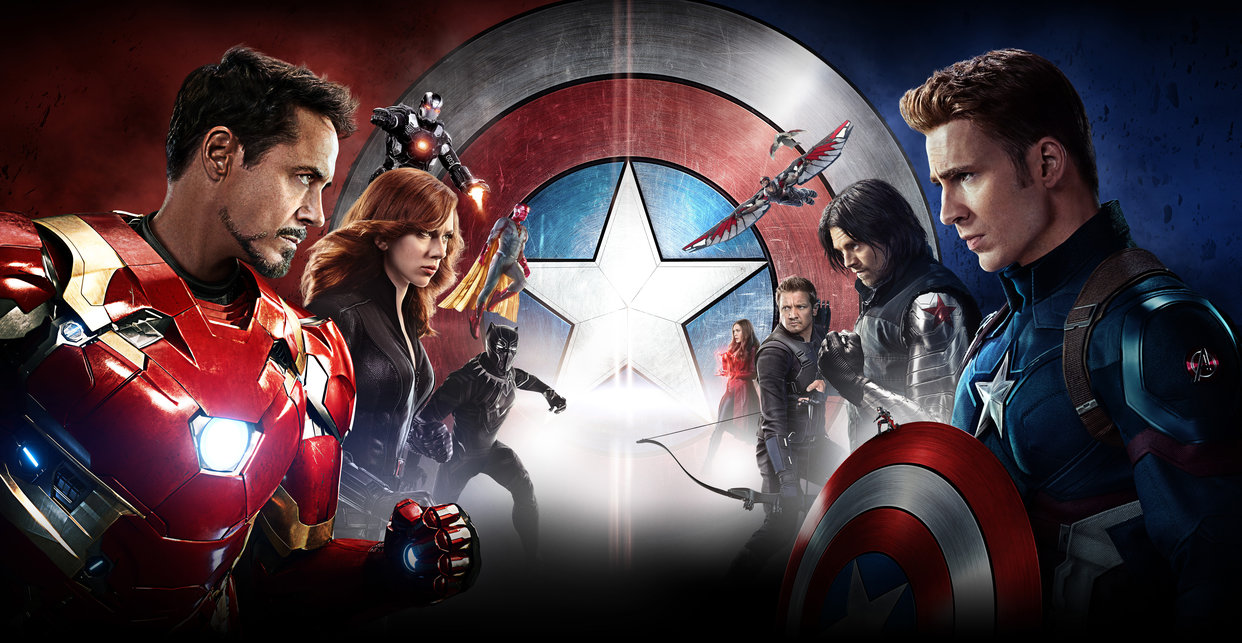
Iron man, the first film to begin Marvel’s cinematic universe, opened to a PG-13 rating and set the precedent for all subsequent Marvel films. Costuming for the movie characters became hyper detailed and overly functional, to the point that they began to look less and less like superhero costumes. Captain America debuted with an asbestos inspired costume in his first movie and by his second film he’s already lost his American flag themed costume. Thor is introduced with his helmet and cape in the first and are quickly lost by the second film. The third Thor film sees his hammer shattered as well. When Spider-Man finally appears in the Marvel universe, he has internal A.I. and mini spider-drone because these elements are believed to be more relatable to mainstream audiences.
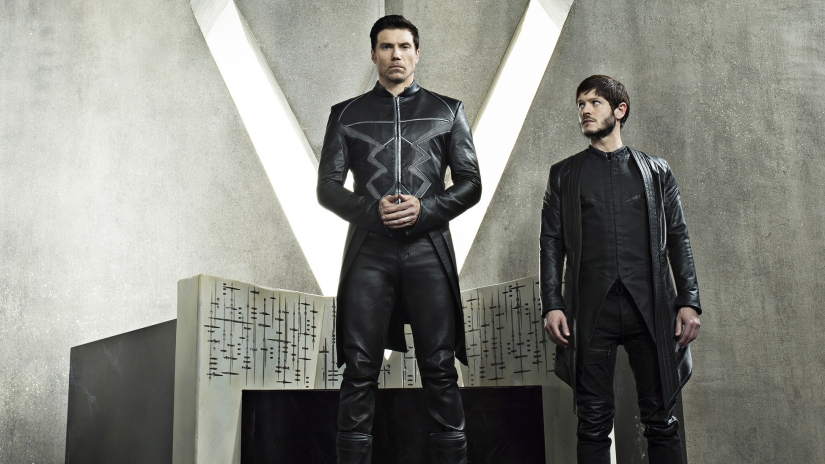
But something is changing in the Marvel television world. Television series like the Inhumans are the most brazen in aschewing their Kirby-designed costuming and look. The show currently risks cancellation. Agents of S.H.I.E.L.D. which similarly has abandoned many of their signature comic book basis is constantly rumored every season to be on the chopping block following their spinoff series Agent Carter’s cancellation. X-Men television spinoff shows like Legion and Gifted, which also follow the costume-less code, are suffering similar challenges.
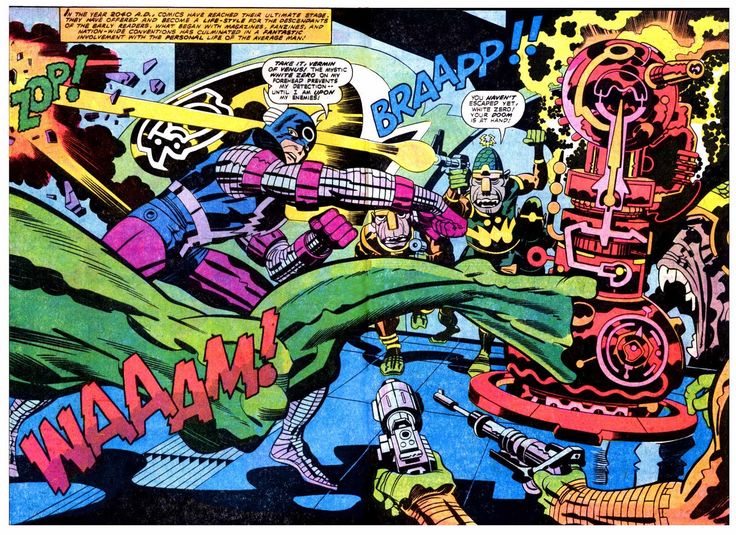
Jack Kirby was more than an artist. He was a creator deeply involved in exploring myth making on an epic scale and science fiction fantasy. His costuming was created based in theatrical designs that brought a sense of drama and fantasy. He wrote true science fiction based in real world myth and exploration. Most importantly, he knew how to tell stories that appealed to a wide audience both young and old without compromising his content.
D.C. Comics and Warner Brothers have consistently created compelling animation that appeals to all ages. D.C.’s live action series like Flash, Super-Girl, Arrow and others on ABC and CW prove that superhero costumes work on screen.
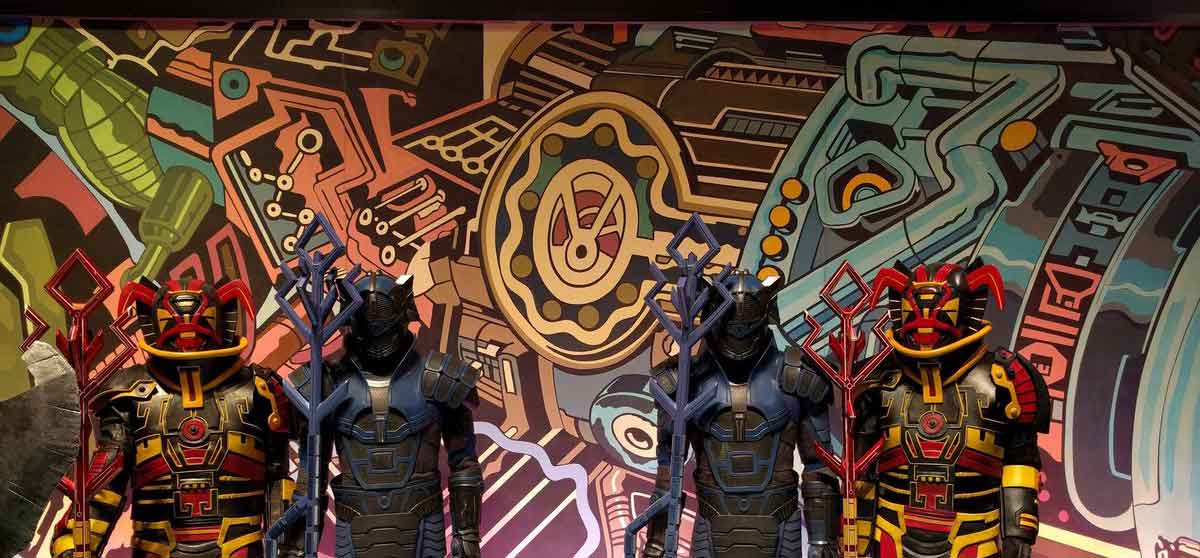
Perhaps directors are beginning to embrace the Kirby comic origins. Thor: Ragnarok is the latest Marvel movie to debut and one of the first to overtly feature the design and feel of Kirby’s artwork. The Kirby look of bright colors and geometric designs can be felt in both costuming and scenery, especially that of the battle world. Kirby’s artistic presence can even be seen in the background panels of the Grandmaster’s arena.
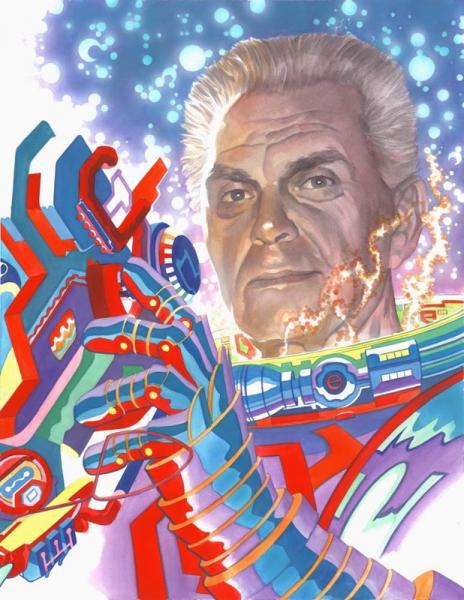
Removing Jack Kirby’s sense of adventure, epic story telling, and compelling costume design risks creating a genre of entertainment that is fastly becoming monotonous and formulaic. Eventually, this may prove the collapse of the superhero boom that we are enjoying today. Abandoning Jack Kirby is a mistake.
Check out our selection of Jack Kirby Comics, CLICK HERE
Joshua H. Stulman, BrooklynComicShop.com Owner

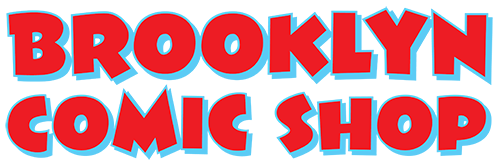
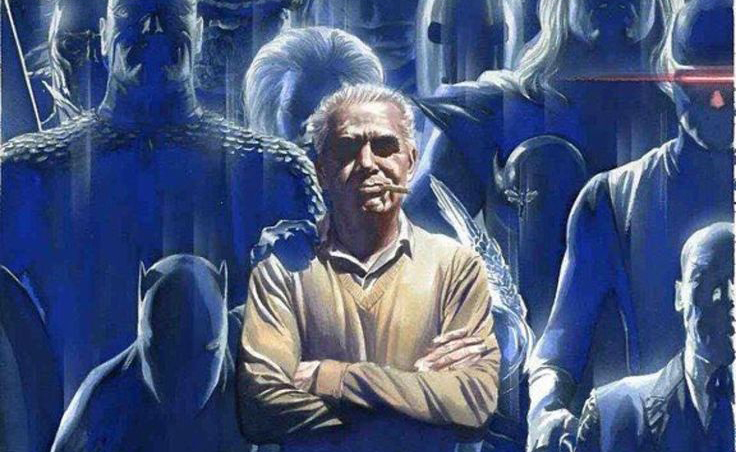
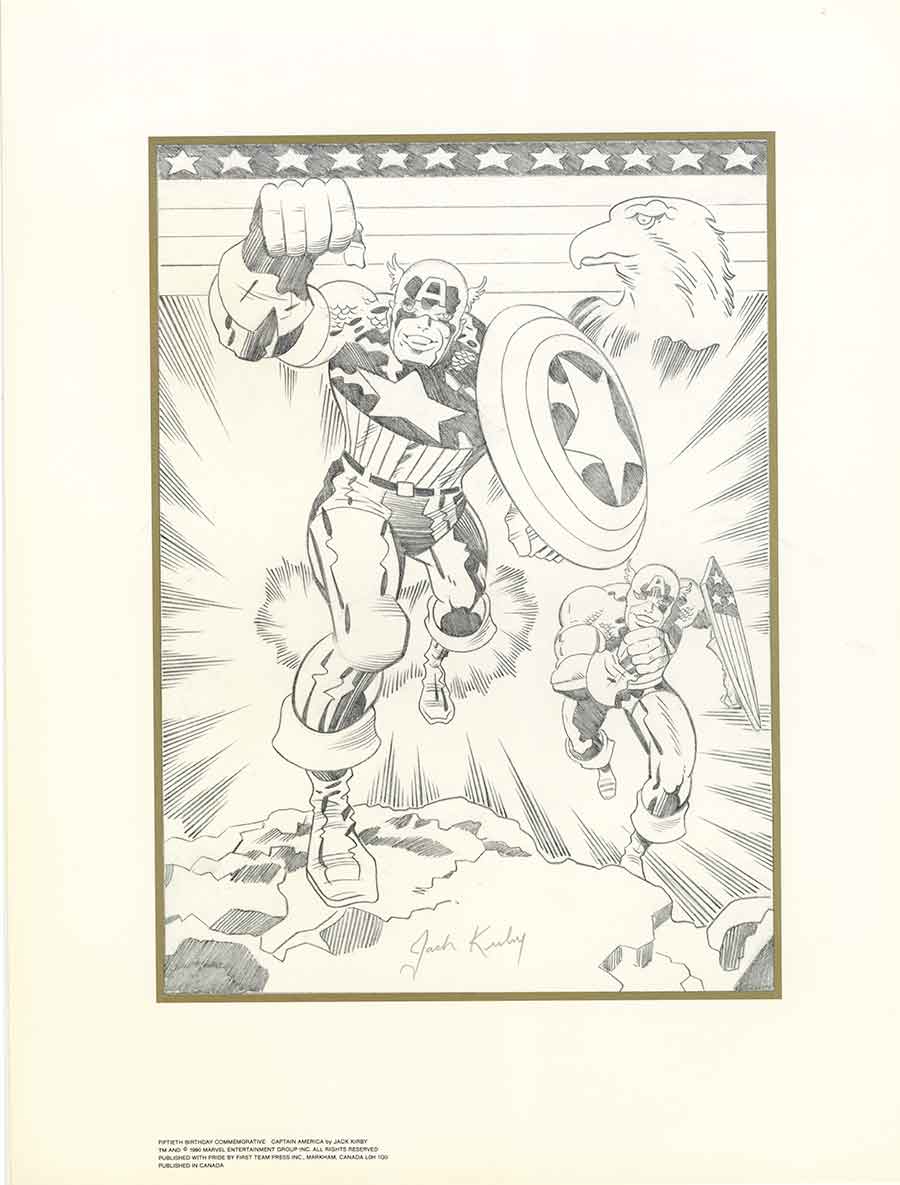
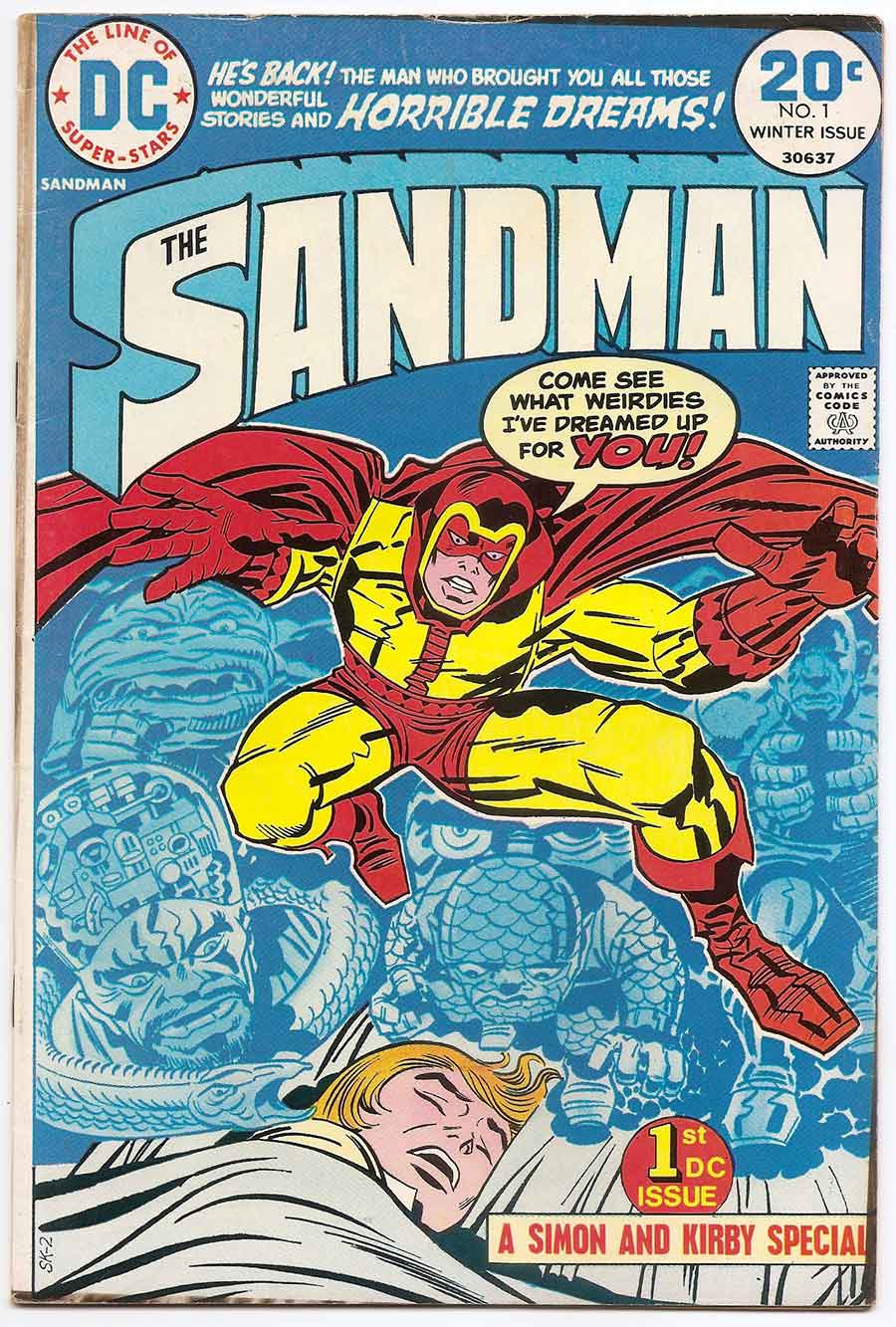

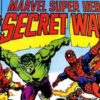






One Comment
Alfonzo M. Thomas
Great article. To be fair, Super Power Beatdown remains very faithful to the costumes, colors, and comic book style of characters.